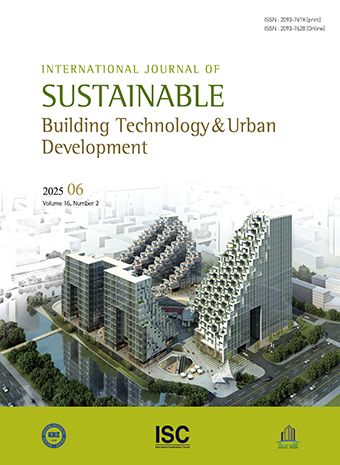General Article
Abstract
References
Information
J. Quale, M.J. Eckelman, K.W. Williams, G. Sloditskie, and J.B. Zimmerman, Construction Matters: Comparing Environmental Impacts of Building Modular and Conventional Homes in the United States. Journal of Industrial Ecology. 16(2) (2012), pp. 243-253, doi: 10.1111/j.1530-9290.2011.00424.x.
10.1111/j.1530-9290.2011.00424.x
S.O. Ajayi, L.O. Oyedele, B. Ceranic, M. Gallanagh, and K.O. Kadiri, Life cycle environmental performance of material specification: a BIM-enhanced comparative assessment. International Journal of Sustainable Building Technology and Urban Development. 6(1) (2015), pp. 14-24.
10.1080/2093761X.2015.1006708
- Publisher :Sustainable Building Research Center (ERC) Innovative Durable Building and Infrastructure Research Center
- Publisher(Ko) :건설구조물 내구성혁신 연구센터
- Journal Title :International Journal of Sustainable Building Technology and Urban Development
- Volume : 12
- No :2
- Pages :204-214
- Received Date : 2021-05-21
- Accepted Date : 2021-06-28
- DOI :https://doi.org/10.22712/susb.20210016




 International Journal of Sustainable Building Technology and Urban Development
International Journal of Sustainable Building Technology and Urban Development










